Hi everyone,
I’m trying to determine if this heart gemstone is a piece of citrine or yellow topaz. It is set in 14K yellow gold and stamped “SF”- I’m not sure what that hallmark represents. The white stones are diamonds. I tested the yellow gem with my heat conducting diamond tester. I set the level meter at level 6 as recommended by the directions for my device since the heart shaped gem is bigger than 0.6 cts. The level meter rose from a level 6 to a level 7. However, regardless of what level I set the meter at, the gem causes the meter to go up one level.
I would be surprised it if is citrine given that it is set in 14K gold and is embellished with diamonds. I’m not very familiar with citrine or topaz, so I hope someone can shed some light on this for me. I know there’s no way to be sure over the internet, but I would really appreciate any input!
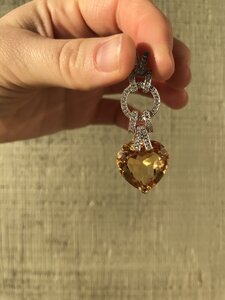
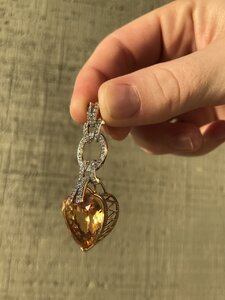
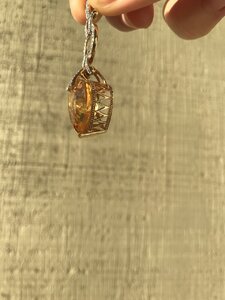
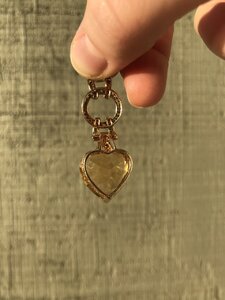
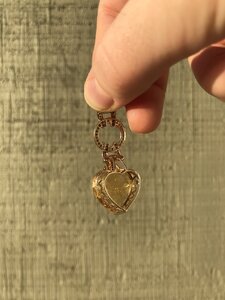
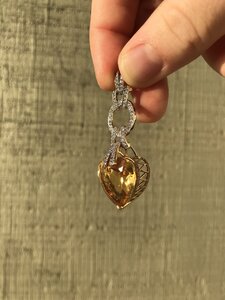
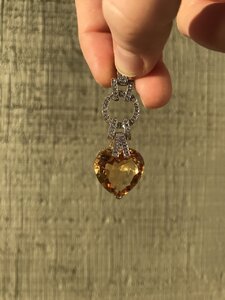
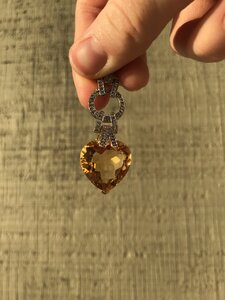
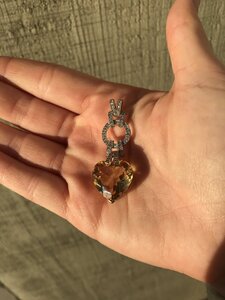
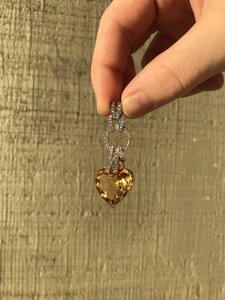
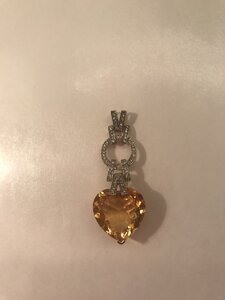
I’m trying to determine if this heart gemstone is a piece of citrine or yellow topaz. It is set in 14K yellow gold and stamped “SF”- I’m not sure what that hallmark represents. The white stones are diamonds. I tested the yellow gem with my heat conducting diamond tester. I set the level meter at level 6 as recommended by the directions for my device since the heart shaped gem is bigger than 0.6 cts. The level meter rose from a level 6 to a level 7. However, regardless of what level I set the meter at, the gem causes the meter to go up one level.
I would be surprised it if is citrine given that it is set in 14K gold and is embellished with diamonds. I’m not very familiar with citrine or topaz, so I hope someone can shed some light on this for me. I know there’s no way to be sure over the internet, but I would really appreciate any input!














300x240.png)